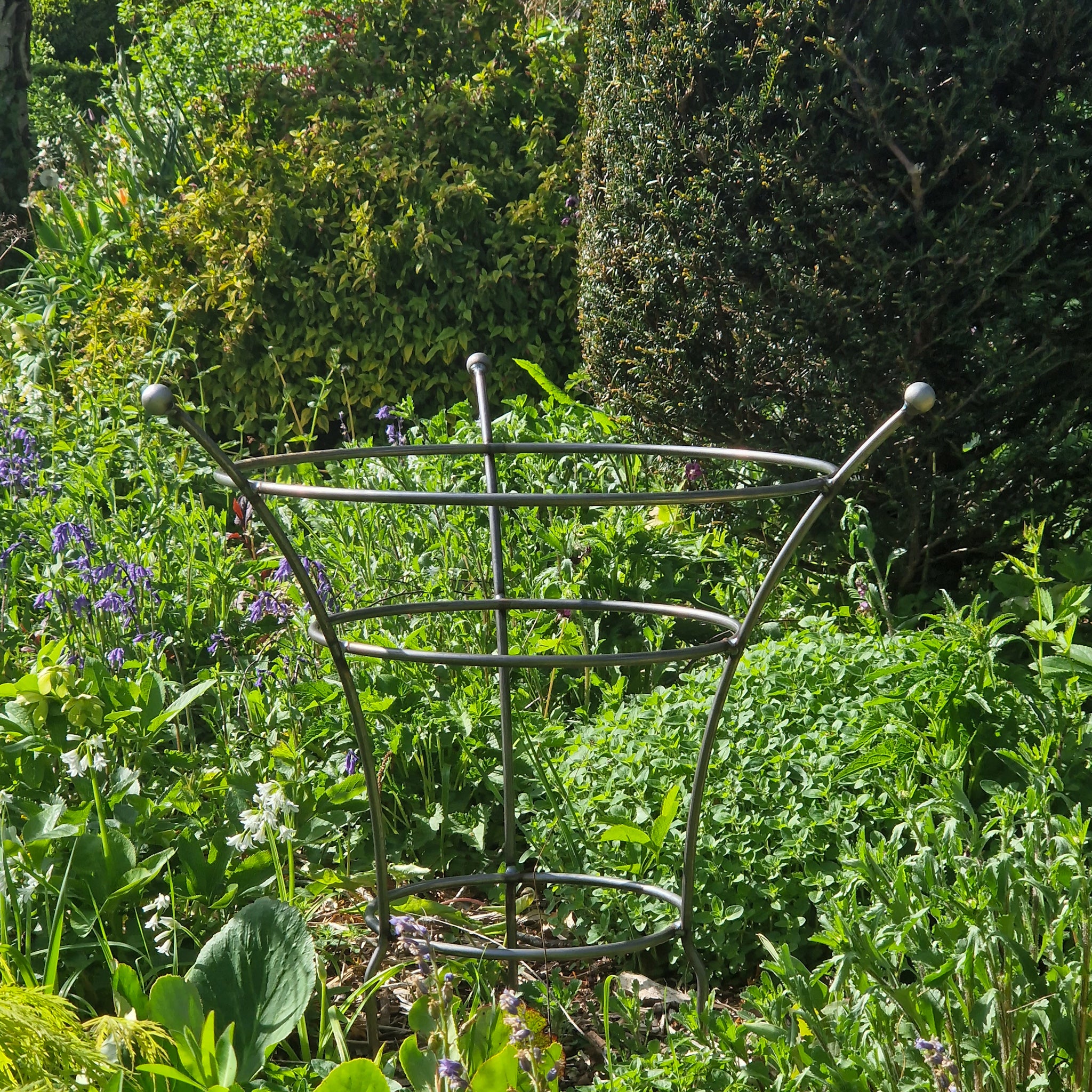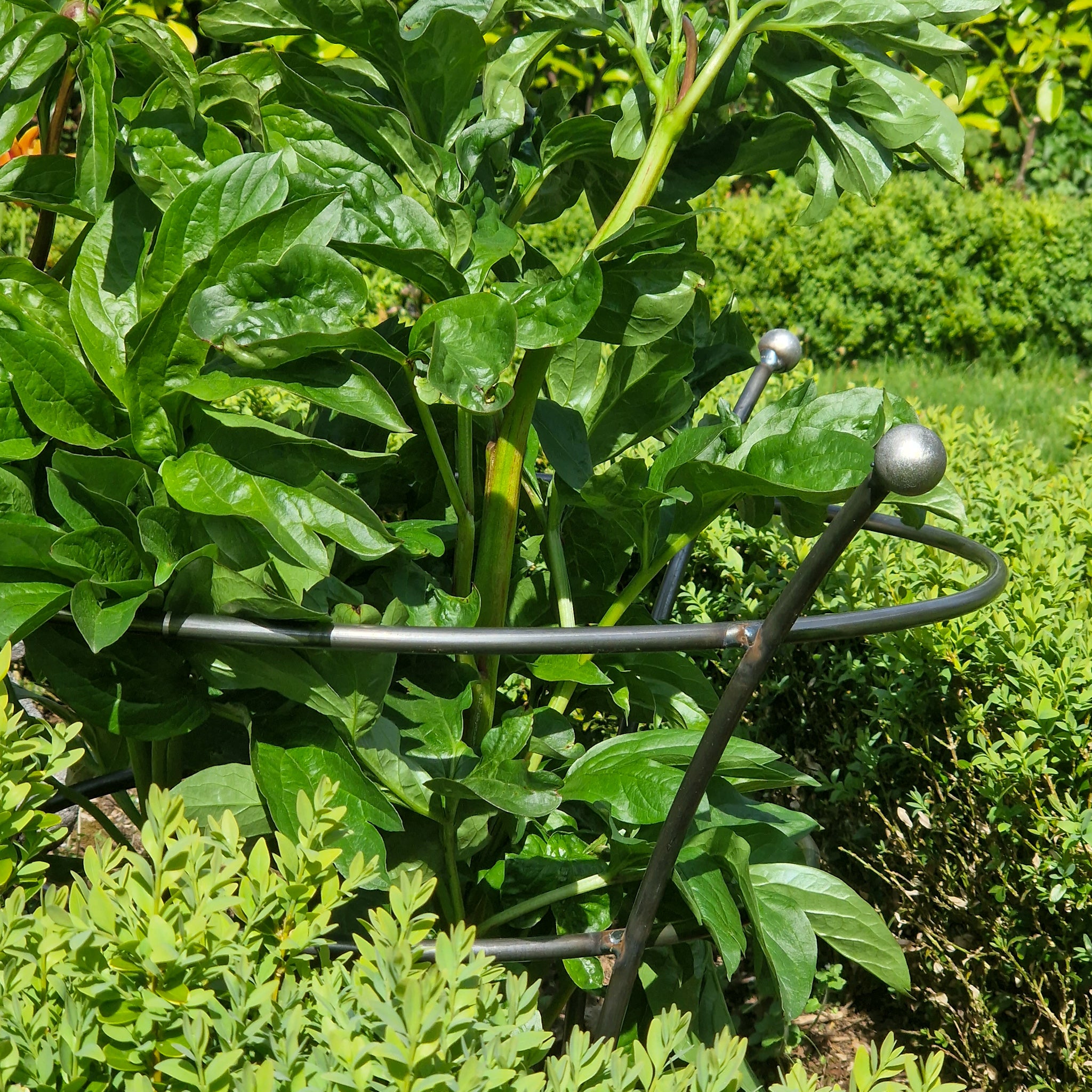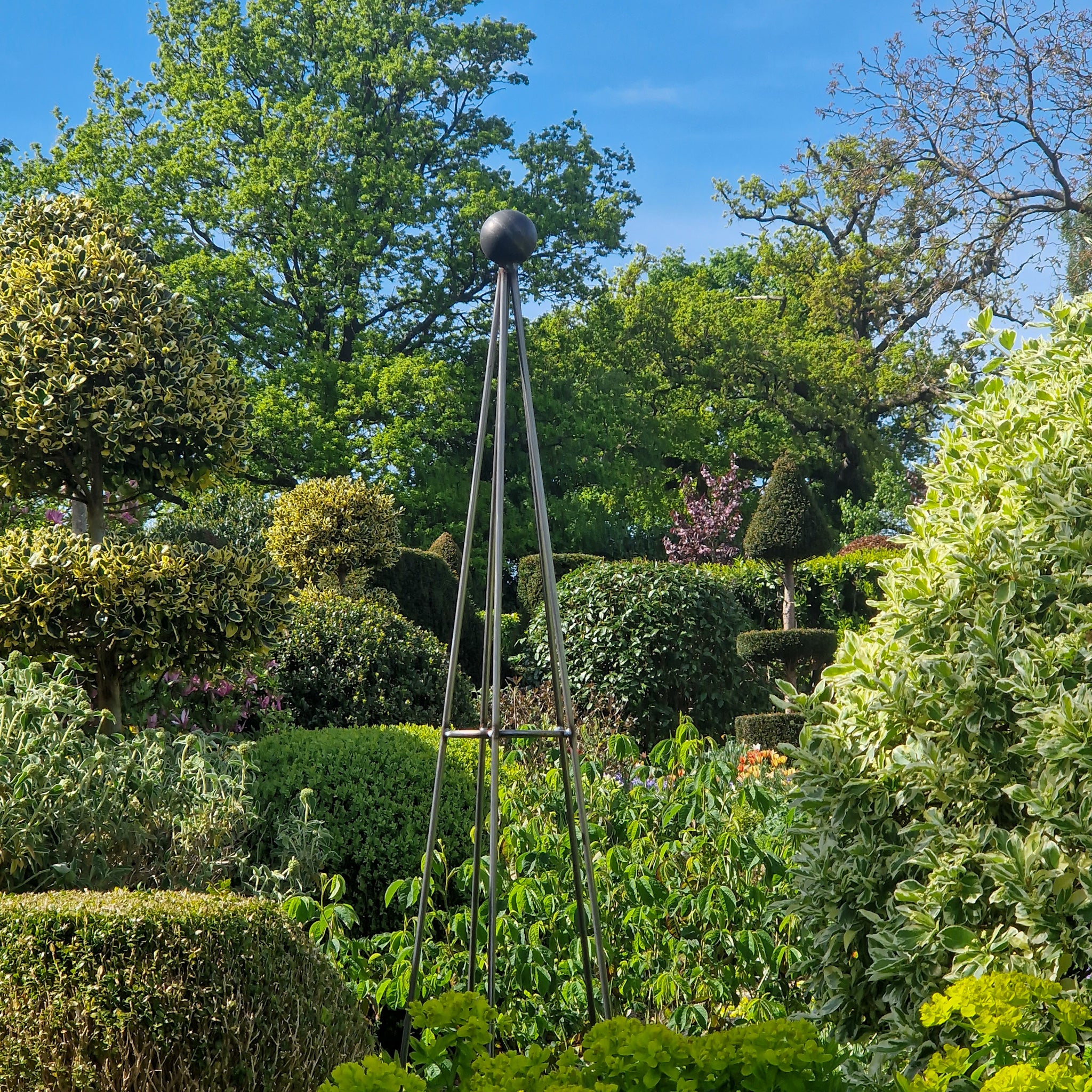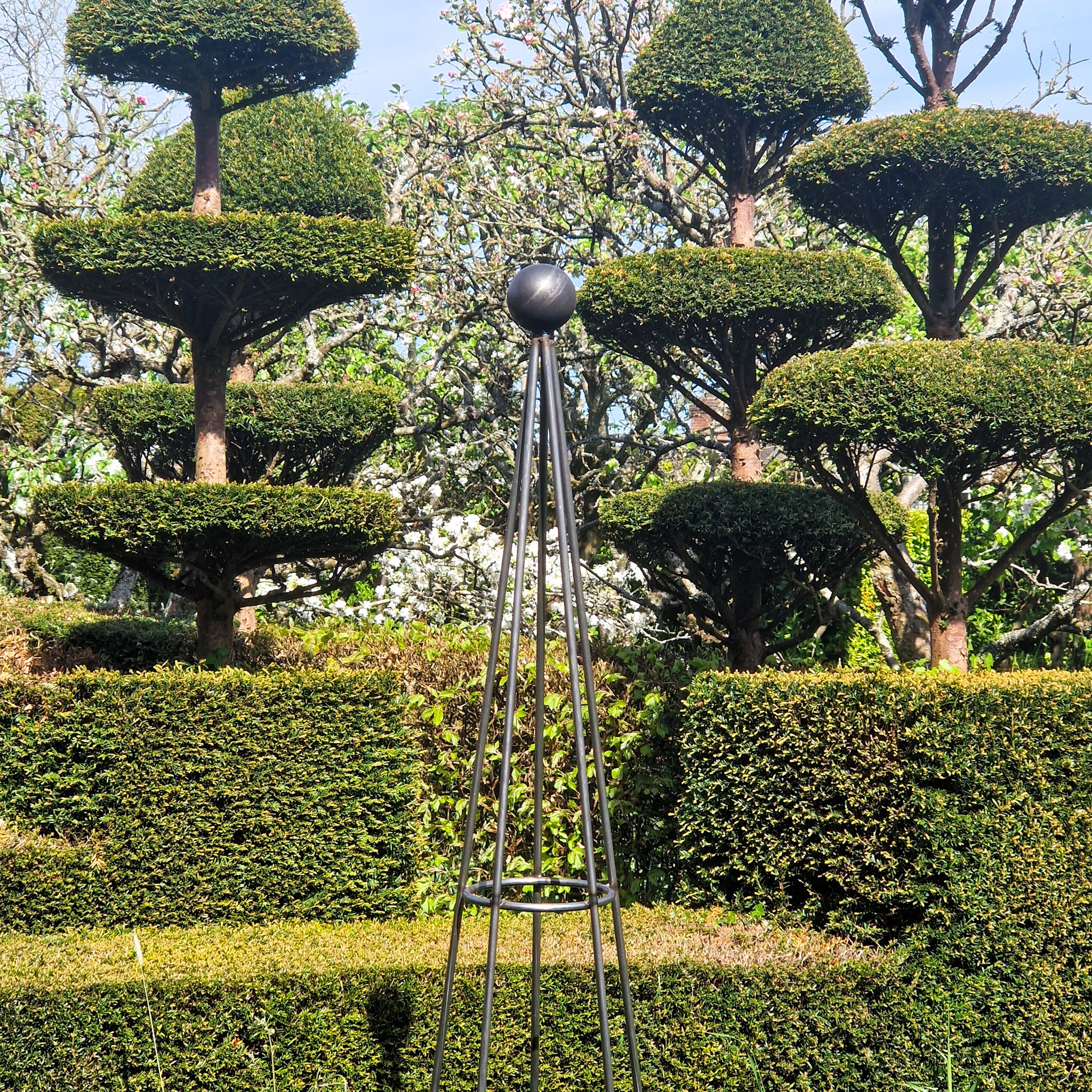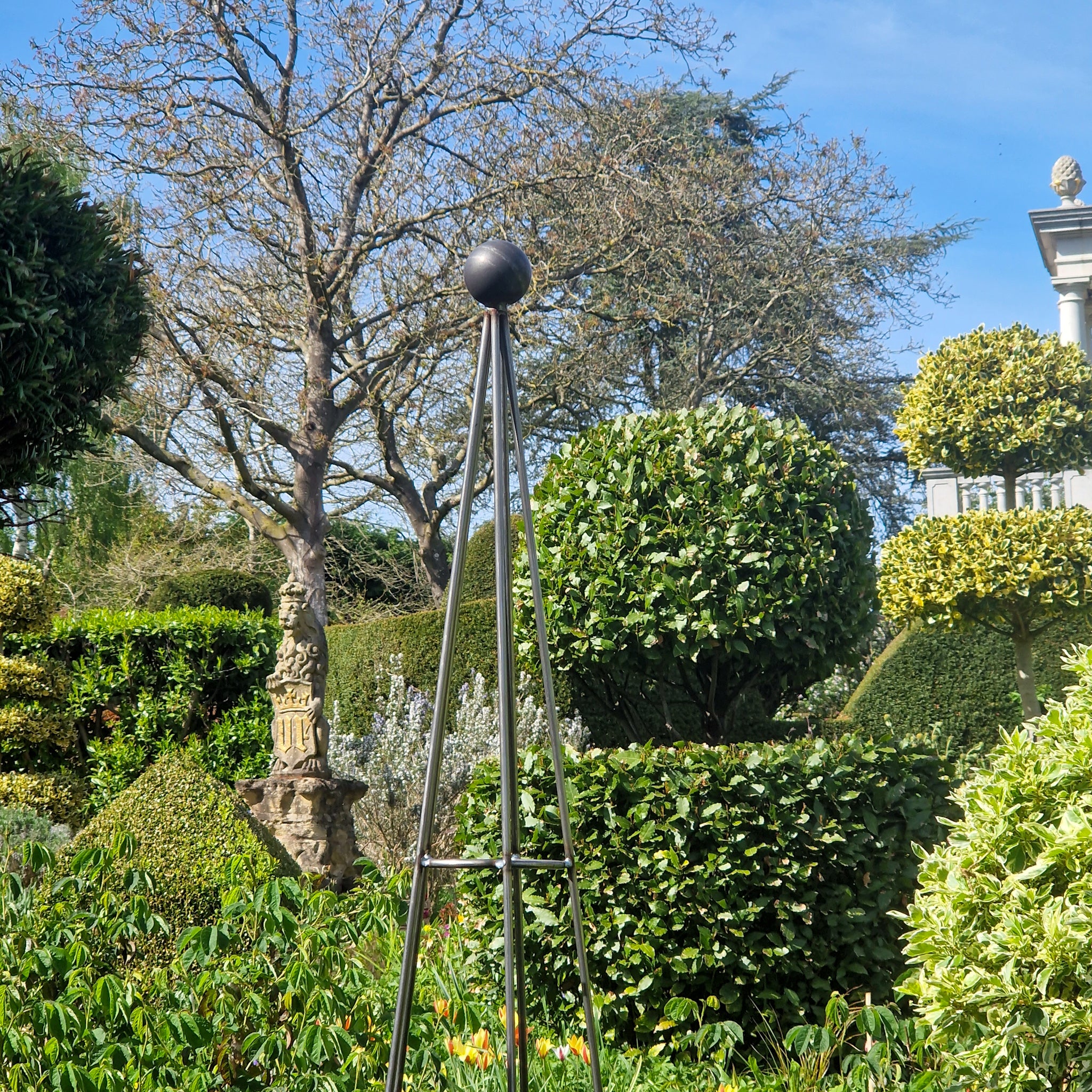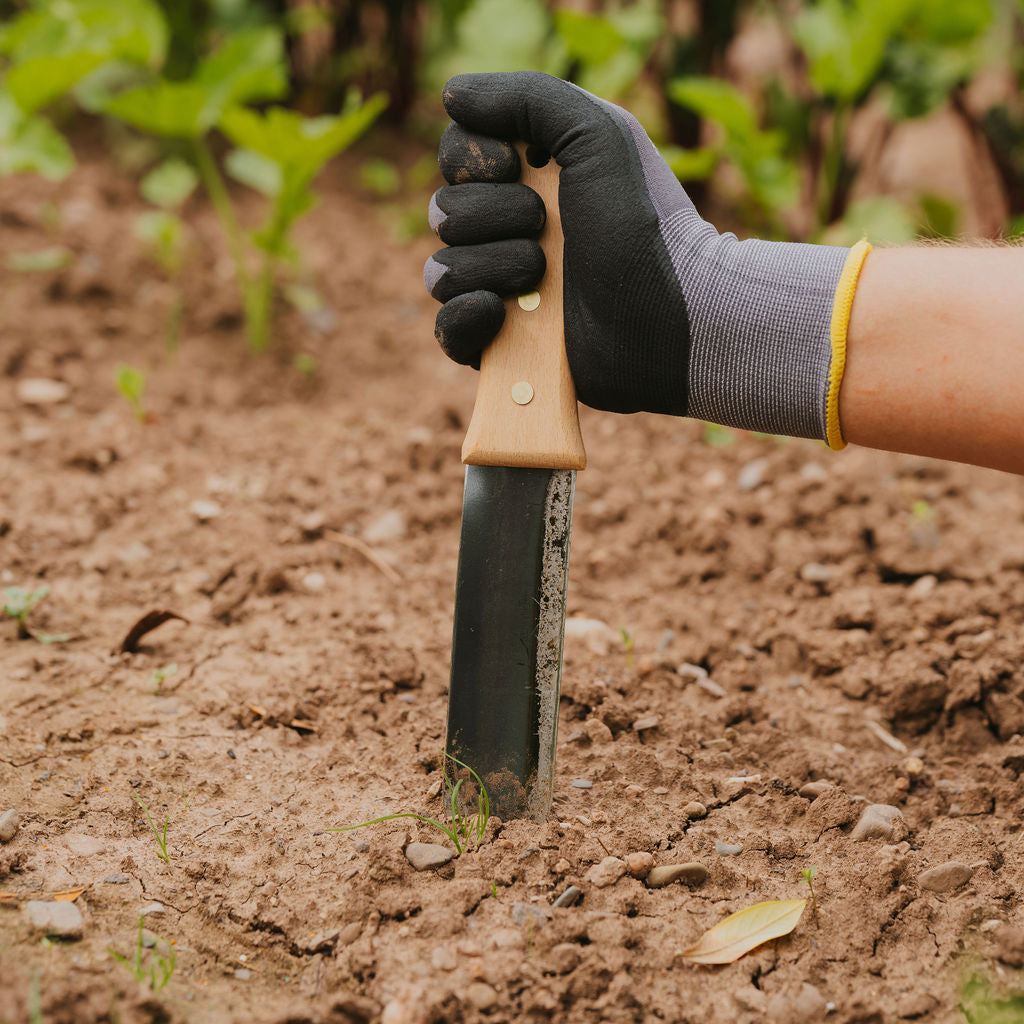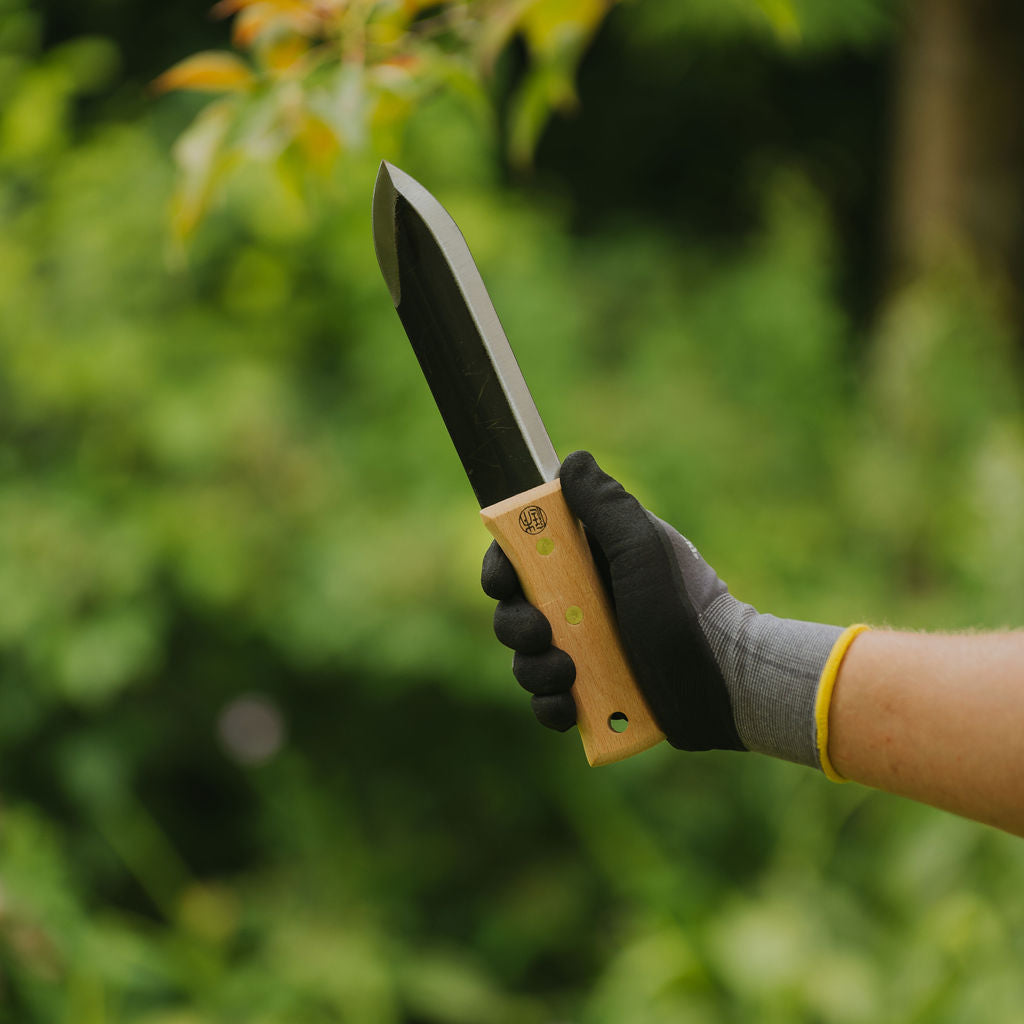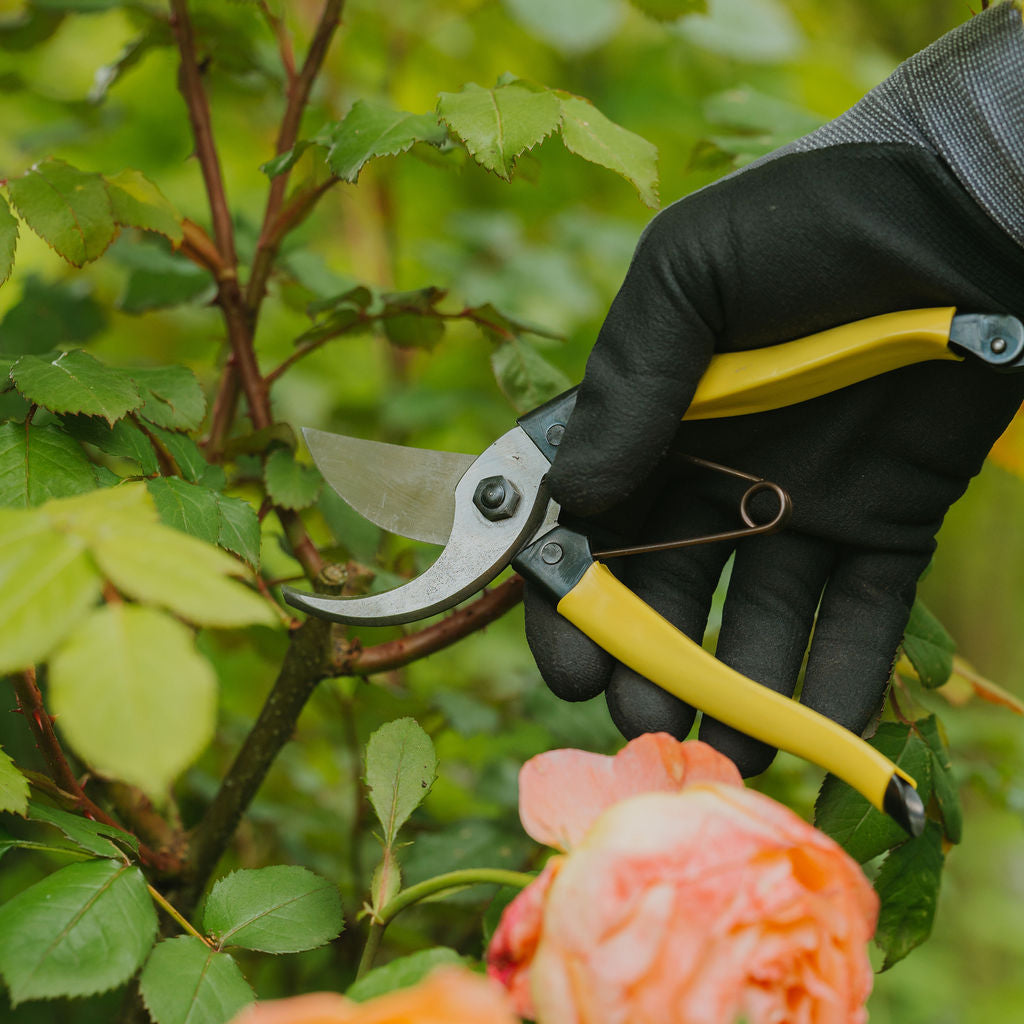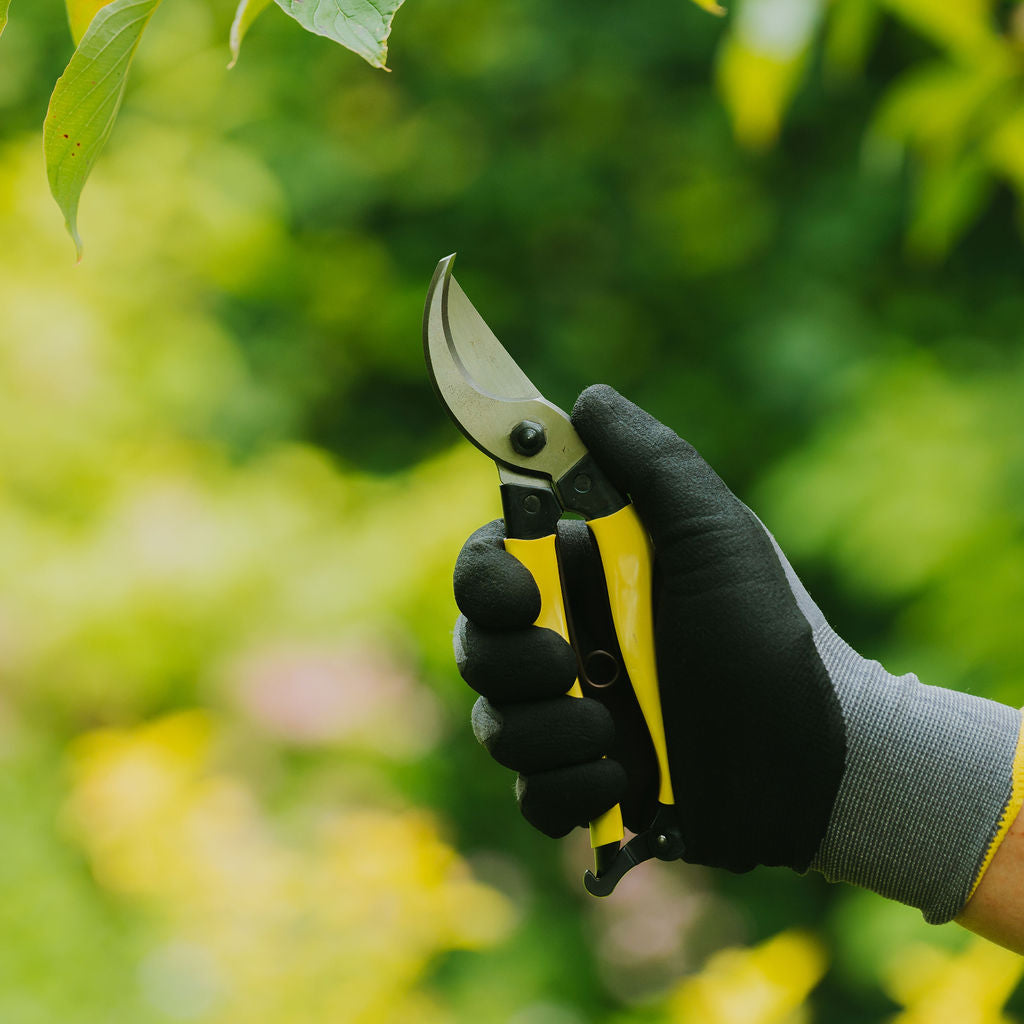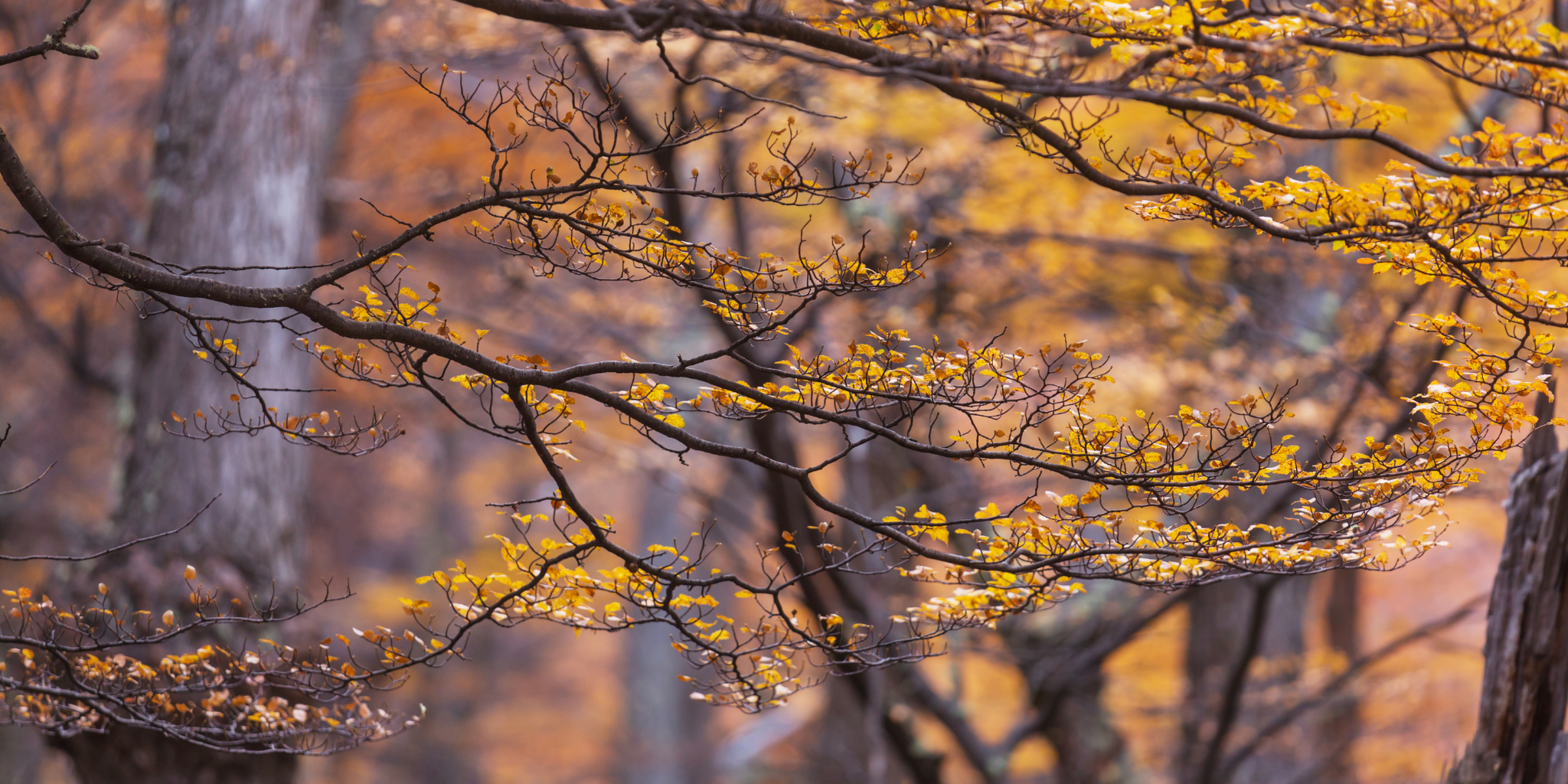Royal Oak Day was a public holiday celebrated on the 29th of May to mark the return of the English Monarchy in 1660. Following the execution of Charles I in 1649, for some years England was ran as a Republic until his exiled son, Charles II, was crowned King on the 29th May.
The reason why it is named Royal Oak Day was because in 1651 (2 years after his Father's execution) Charles II managed to hide and escape capture following defeat in battle within a great oak tree. Upon being crowned 9 years later, a nod of thanks was paid to the native species.
Although the public holiday was removed in 1859 under the Anniversary Days Observance Act (boo!), it is still celebrated in areas throughout the country to this day.
In Herefordshire, oak trees form part of the landscape; I once read a quote in a book regarding them as the 'weeds of Herefordshire'! They are everywhere. We only have to stroll around the farm we live on to see old oaks dotted around the fields and hedgerows.
In 2022 a rather colossal oak tree in Herefordshire was shortlisted for the Woodland Trust's Tree of the Year. Located in in Michaelchurch Escley (a small, rural village close to the Black Mountains... with a superb pub!), the 'Escley Oak' is said to be at least 400 years old - old enough to place it in the 'ancient' tree category!
Oak Trees are one of the most valuable trees for wildlife. Oak forests support more life forms than any other native forest. They are host to hundreds of insect species, supplying many birds with an important food source. In autumn, mammals such as squirrels, badgers and deer feed on acorns.
Flower and leaf buds of English oak are the food plants of the caterpillars of purple hairstreak butterflies.
The soft leaves of English oaks break down with ease in autumn and form a rich leaf mould beneath the tree, supporting invertebrates such as the stag beetle, and fungi, like the oakbug milkcap. Holes and crevices in the tree bark are perfect nesting spots for the pied flycatcher, redstart or marsh tit.
Bats also roost in old woodpecker holes or under loose bark, as well as feeding on the rich supply of insects in the tree canopy.
The soft leaves of English oaks break down with ease in autumn and form a rich leaf mould beneath the tree, supporting invertebrates such as the stag beetle, and fungi, like the oakbug milkcap. Holes and crevices in the tree bark are perfect nesting spots for the pied flycatcher, redstart or marsh tit.
Bats also roost in old woodpecker holes or under loose bark, as well as feeding on the rich supply of insects in the tree canopy.

